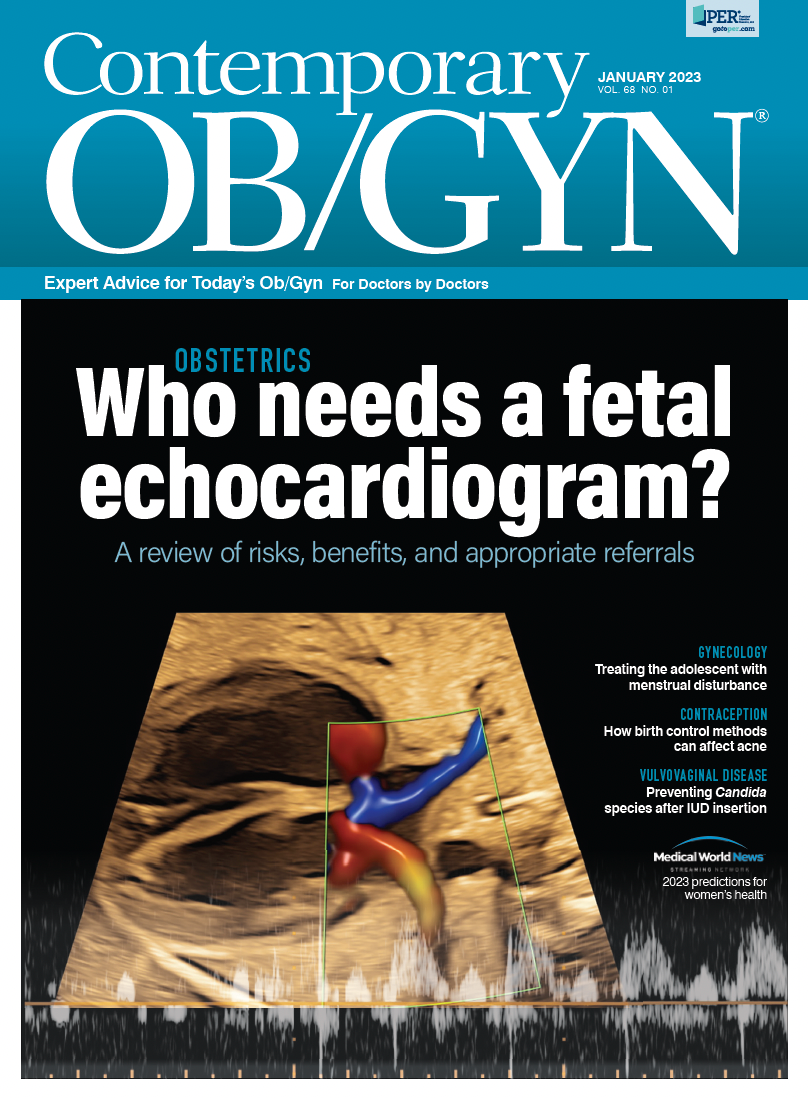Chemical hair straightening may increase uterine cancer risk
A new NIH study found women who used chemical hair straightening products to be at a higher risk for uterine cancer than women who didn’t use these products.
Women who reported using chemical hair straightening products were at higher risk for uterine cancer compared to women who did not report using these products, according to results. The researchers found no associations with uterine cancer for other hair products women were using, including hair dyes, bleach, highlights, or perms.
The study was part of the Sister Study, a study by the National Institute of Environmental Health Sciences (NIEHS) that seeks to identify risk factors of breast cancer and other health conditions. The current study data included 33,497 US women aged 35 to 74. The women were followed for almost 11 years. The women who reported frequent use of hair straightening products, defined as more than 4 times in the previous year, were more than twice as likely to go on to develop uterine cancer compared to those who didn’t use the products. e \
“Because Black women use hair straightening or relaxer products more frequently and tend to initiate use at earlier ages than other races and ethnicities, these findings may be even more relevant for them,” said Che-Jung Chang, Ph.D., an author on the new study and a research fellow in the NIEHS Epidemiology Branch.
Approximately 60% of the participants who reported using straighteners in the previous year self-identified as Black women, according to the study in the Journal of the National Cancer Institute. While the difference was not different by race, the adverse health effects may be greater for Black women due to higher prevalence of use.
Reference
Che-Jung Chang, PhD, Katie M O’Brien, PhD, Alexander P Keil, PhD, Symielle A Gaston, PhD, Chandra L Jackson, PhD, Dale P Sandler, PhD, Alexandra J White, PhD, MSPH, Use of Straighteners and Other Hair Products and Incident Uterine Cancer, JNCI: Journal of the National Cancer Institute, 2022;, djac165, https://doi.org/10.1093/jnci/djac165

